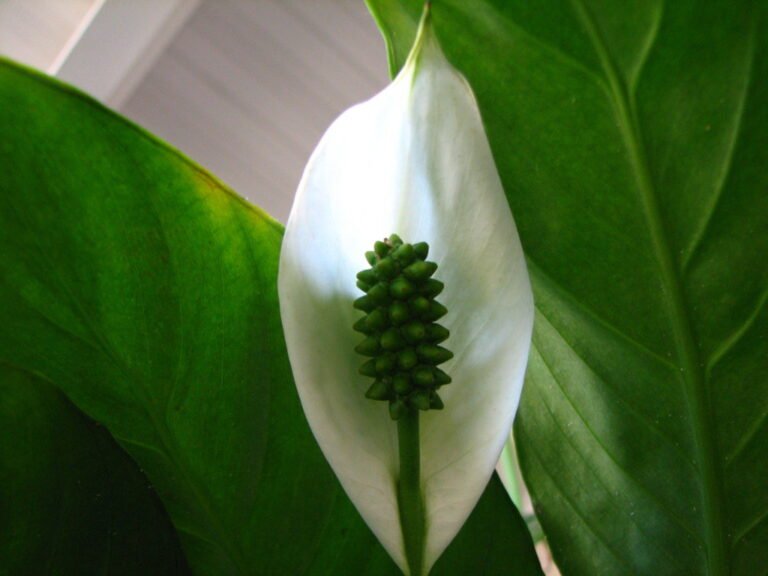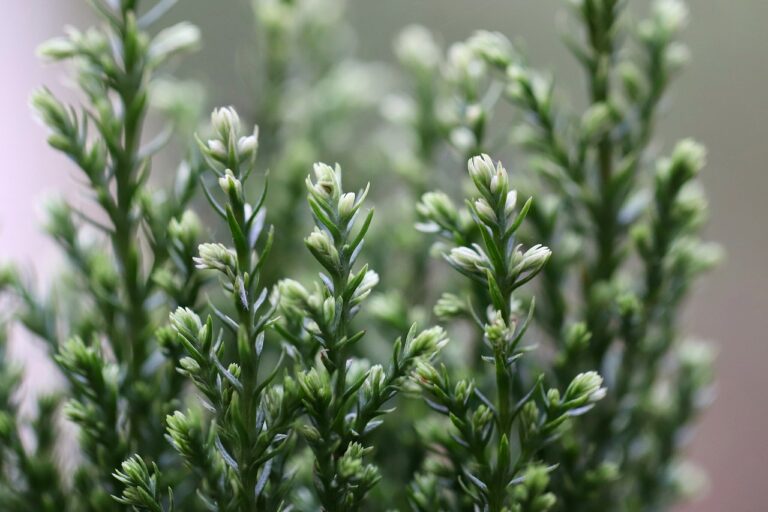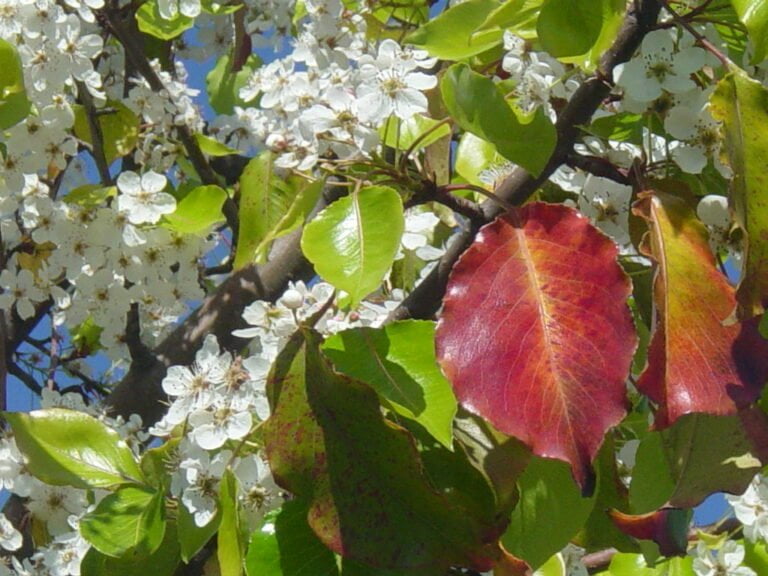Exploring the Beauty of White Spring Flowering Trees
Uncovering the captivating beauty of white spring flowering trees is a truly gratifying experience. The Flowering Dogwood showcases striking white blooms and vibrant red berries. Magnolia trees exude grandeur with their showy white flowers. Pear trees, flourishing in zones 4-8, can reach impressive heights. Cherry Blossom trees astonish with their full sun requirements. American Fringe Trees produce delicate white flowers in zones 5-9. These trees not only add sophistication to landscapes but also support biodiversity. Expose the mysteries of these exquisite trees and enrich your outdoor sanctuary with their ethereal beauty.
Types of White Spring Flowering Trees
When exploring the types of white spring flowering trees, it becomes evident that each species offers unique characteristics and requirements for best growth and blooming. Among these springtime counterparts, Flowering Dogwood stands out as a native North American tree known for its big white flowers in early spring, transforming into red berries that are a favorite among birds. These Dogwood Trees add a touch of charm to any garden landscape.
Magnolia trees, with their large and showy white blooms, bring a majestic presence to the spring garden. Varieties within the Magnolia genus have differing bloom times, and they typically prefer well-drained, slightly acidic soil to thrive and showcase their beauty.
Pear Trees are recognized for their striking white spring flowers and can reach impressive heights of 20-30 feet. Thriving in USDA hardiness zones 4-8, these trees add a touch of elegance with their delicate blossoms.
Cherry Blossom trees, although traditionally associated with pink flowers, also boast varieties with white blooms. These trees, native to Japan, require full sun and consistent moisture to reach their full potential and provide a stunning display in the spring garden.
Lastly, the American Fringe Tree, native to the Eastern and Central United States, produces delicate, fringe-like white flowers in spring. Growing up to 20 feet tall in USDA Zones 5-9, these trees offer a unique and enchanting addition to any garden landscape.
Benefits of White Flowering Trees
Enhancing garden landscapes with elegance and serenity, white flowering trees such as Dogwood, Cherry Blossom, and Magnolia bring unique beauty through their delicate blossoms. White flowering trees offer a range of benefits that go beyond their aesthetic appeal. Here are some reasons why incorporating these trees into outdoor spaces can be truly rewarding:
- Visual Spectacles: The delicate white blossoms of trees like Dogwood, Cherry Blossom, and Magnolia create stunning visual displays in gardens, parks, and other outdoor areas, attracting admirers and creating a serene atmosphere.
- Elegance and Serenity: The beauty of white flowering trees adds a touch of elegance and serenity to any landscape, providing a calming and peaceful environment for relaxation and contemplation.
- Ecosystem Diversity: White flowers on trees play an important role in supporting ecosystem diversity by providing food and habitat for birds, bees, butterflies, and other beneficial insects, contributing to the overall health of the environment.
- Outdoor Spaces: By planting white flowering trees, you can transform outdoor spaces into inviting sanctuaries where you can unwind, connect with nature, and enjoy the seasonal beauty of spring flowering trees throughout the year.
Growing Tips for White Flowering Trees
White flowering trees, such as Dogwood and Cherry Blossom, thrive best when planted in well-drained, slightly acidic soil. Ensuring proper drainage is vital to prevent waterlogging, which can lead to root rot. These trees also benefit from regular pruning to remove dead or diseased branches, improve air circulation, and shape the tree for aesthetic purposes. When pruning, it is crucial to make clean cuts to promote healing and prevent the entry of pathogens.
For ideal growth, white flowering trees like Magnolia require consistent moisture and filtered sunlight. Providing a layer of mulch around the base of the tree can help retain moisture and regulate soil temperature. Additionally, ensuring the tree receives adequate sunlight while protecting it from harsh afternoon sun can promote healthy growth.
Pear trees, on the other hand, thrive in full sun but are susceptible to diseases like fire blight and pear scab. Regularly inspecting the tree for signs of these diseases and promptly addressing any issues can help maintain its health.
Dogwood trees are known for their resilience, with the ability to tolerate temperatures as low as -30°F. This makes them suitable for various climates, but they still benefit from proper care and maintenance, including regular pruning to ensure ideal growth and flowering.
Seasonal Blooming Patterns of White Trees
When observing the seasonal blooming patterns of white trees, it’s fascinating to note the varying timeframes in which different species burst into bloom, from early to mid-spring. The unique shapes of the flower petals on these trees, whether star-shaped like on a Dogwood or cup-shaped like on a Magnolia, add to their allure. Additionally, the ability of these trees to attract pollinators like bees and butterflies through their elegant white or pink flowers enriches the biodiversity of garden spaces.
Blooming Timeframes
Adding a touch of elegance to the spring landscape, white flowering trees bloom at specific timeframes, varying from a few days to a couple of weeks. Understanding these blooming timeframes is essential for planning outdoor spaces effectively. Here are four key points to ponder:
- Early to Mid-Spring Bloom: White spring flowering trees typically bloom during this period, enhancing the seasonal beauty of landscapes.
- Varied Bloom Durations: Different species exhibit bloom timeframes ranging from a few days to a couple of weeks, creating a diverse visual impact.
- Pollinator Attraction: The blooming period attracts pollinators, contributing to the ecological balance and vitality of the garden.
- Design Considerations: Knowledge of bloom timeframes aids in designing outdoor spaces to maximize the charm and beauty of white flowering trees.
Flower Petal Shapes
Masterfully designed, the various flower petal forms of white spring blossoming trees enchant with their elaborate beauty and seasonal blooming patterns. White spring flowering trees like magnolias boast large, cup-shaped flowers with multiple petals, while dogwoods display flat, four-petaled blooms. Cherry blossom trees showcase delicate, five-petaled flowers clustered together, creating a mesmerizing sight in spring. The fringe tree stands out with its unique fringe-like petals that resemble delicate white tassels hanging from the branches. Each species of white flowering trees has distinctive petal shapes that contribute greatly to the overall beauty of the tree when in full bloom. The diversity of flower petal shapes among these trees adds to the allure and charm of the spring landscape.
Pollinator Attraction
The bloom periods of white spring flowering trees like Dogwood, Magnolia, and Pear coincide with the awakening of pollinators, attracting bees, butterflies, and birds with their vibrant blossoms. Here are some key points to think about regarding the seasonal blooming patterns of these trees:
- Early Spring Blooms: White trees bloom early in spring, providing essential nourishment for pollinators emerging from winter dormancy.
- Crucial for Pollinators: The timing of white tree blossoms aligns with the active period of many pollinator species, supporting their reproduction and survival.
- Reproductive Role: Pollinators aid in plant reproduction by transferring pollen between flowers, facilitating the production of fruits and seeds.
- Ecosystem Health: Planting white spring flowering trees helps sustain pollinator populations, contributing to the overall health and balance of ecosystems.
Landscaping Ideas With White Flowering Trees
In early spring, white blossoming trees like Dogwood, Magnolia, and Cherry Blossom bring a touch of sophistication and grace to any landscape design. These trees create stunning visual displays with their large white flowers, attracting pollinators such as bees and butterflies, thereby enhancing biodiversity in gardens. The tranquil atmosphere they provide makes them ideal as focal points in garden landscapes.
When incorporating white blossoming trees into landscaping, consider planting them in groups or using them as backgrounds to create a striking impact. The grouped planting can amplify the beauty of the white blooms and provide a unified look to the garden. Additionally, strategically placing these trees in the backdrop of your garden design can add depth and dimension, making the space visually appealing.
To maximize the impact of white blossoming trees in your landscape, choose locations that receive abundant sunlight to guarantee healthy growth and abundant blooms. Consider complementing these trees with plants that bloom in different seasons to maintain interest throughout the year. By carefully planning the placement and arrangement of white blossoming trees, you can design a captivating outdoor space that celebrates the beauty of nature.
Maintaining Healthy White Flowering Trees
I’ll start by emphasizing the importance of pruning white flowering trees in late winter or early spring to support healthy growth and abundant blooming. Proper watering techniques are vital to prevent root rot and diseases, so ensuring good drainage is key. Additionally, regular inspection for pests like aphids and caterpillars is essential to maintain the health of white flowering trees.
Pruning for Tree Health
Trimming white blooming trees plays a crucial role in sustaining their health and promoting ideal growth. When it comes to pruning for tree health, here are some important points to take into account:
- Promotes Air Circulation: Proper pruning improves air circulation within the tree canopy, reducing the risk of diseases.
- Improves Sunlight Penetration: Trimming allows sunlight to reach all parts of the tree, assisting in photosynthesis and overall health.
- Maintains Tree Health: Eliminating dead or diseased branches through appropriate pruning techniques is crucial for the tree’s well-being.
- Fosters Balanced Tree Structure: Regular pruning during dormant seasons leads to a balanced tree structure, enhancing aesthetics and longevity.
Proper Watering Techniques
Improving the health of white blooming trees involves mastering proper watering techniques to ensure their vibrancy and growth. White blooming trees like Dogwood and Magnolia require consistent watering for healthy growth and vibrant blooms. To encourage deep root development, water deeply but infrequently, ensuring the water reaches the root zone. Overwatering should be avoided as it can lead to root rot and other issues. Regularly monitor soil moisture levels, especially during hot and dry periods, to provide sufficient hydration. Mulching around the base of white blooming trees helps retain soil moisture, reducing water evaporation and promoting ideal growth. By following these watering practices, you can support the health and beauty of your white spring blooming trees.
Disease Prevention Tips
Regularly examining white blooming trees for signs of common diseases, such as fire blight, powdery mildew, and cherry leaf spot, is crucial for preserving their health and vibrancy. To maintain your white blooming trees disease-free, follow these tips:
- Check: Look for symptoms like wilting, spots on leaves, or abnormal growth.
- Trim: Remove any infected parts promptly to prevent the spread of pathogens.
- Apply: Use recommended pesticides or treatments for specific diseases affecting white blooming trees.
- Sustain: Guarantee proper air circulation around the tree by spacing them adequately and following a regular maintenance schedule that includes trimming, fertilizing, and watering. These practices will help keep your white blooming trees healthy and beautiful.






